
WHAT’S THE DIFFERENCE PLYWOOD VS. MDF VS. PARTICLE BOARD? (2023)
MDF vs. Particle Board vs. Plywood October 29, 2022 by Cam Russo There are many different types of wood, but three of the most common are MDF, particle board, and plywood. So which one should you use? What are the benefits of MDF, particle board, and plywood? Which one is the best for your project?
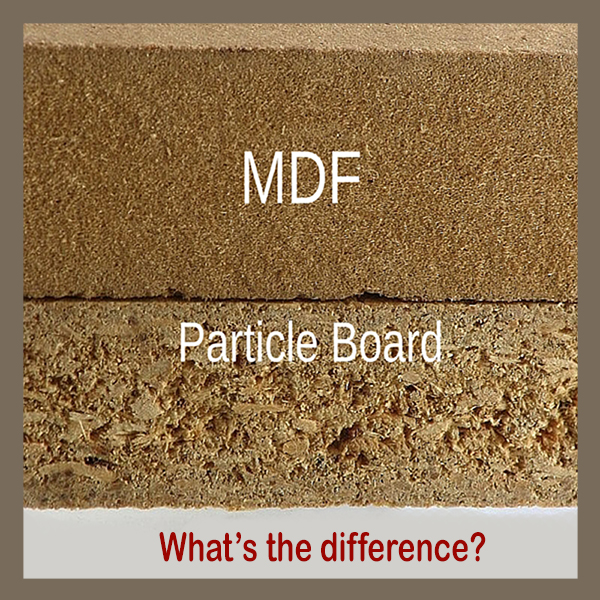
Mdf Vs Particle Board
Specifically, MDF possesses a smooth composition since it is comprised of tiny wood fibers. Particle board, on the other hand, is made from bigger and rougher wood chips and shavings. This is why you'd notice them have rough surfaces. Nevertheless, both particle board and MDF feature the same compositions in such a way that they are made from.
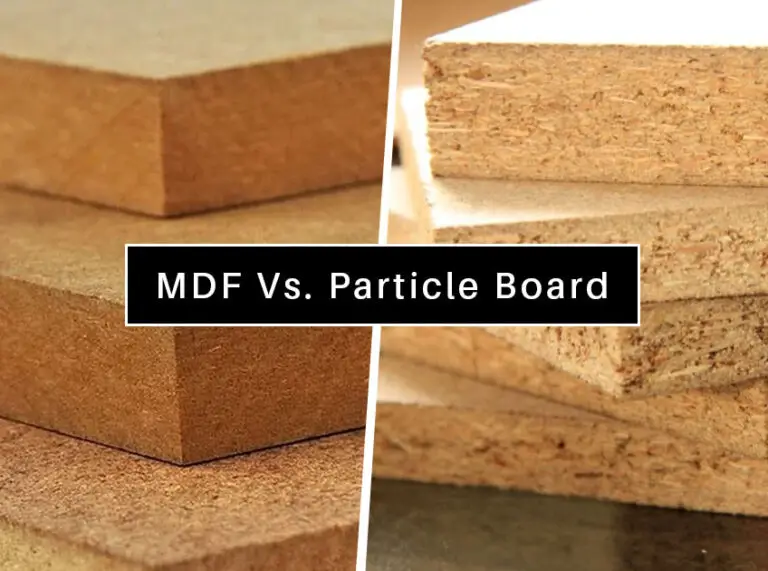
MDF Vs Particle Board Which is Better?
You can tell the difference in composition between medium-density fiberboard (MDF) and particle board by looking at the roughness or smoothness of the board. For instance, MDF has a smooth finish as it is made of very small wood fibers, almost like flour that is of the same size.
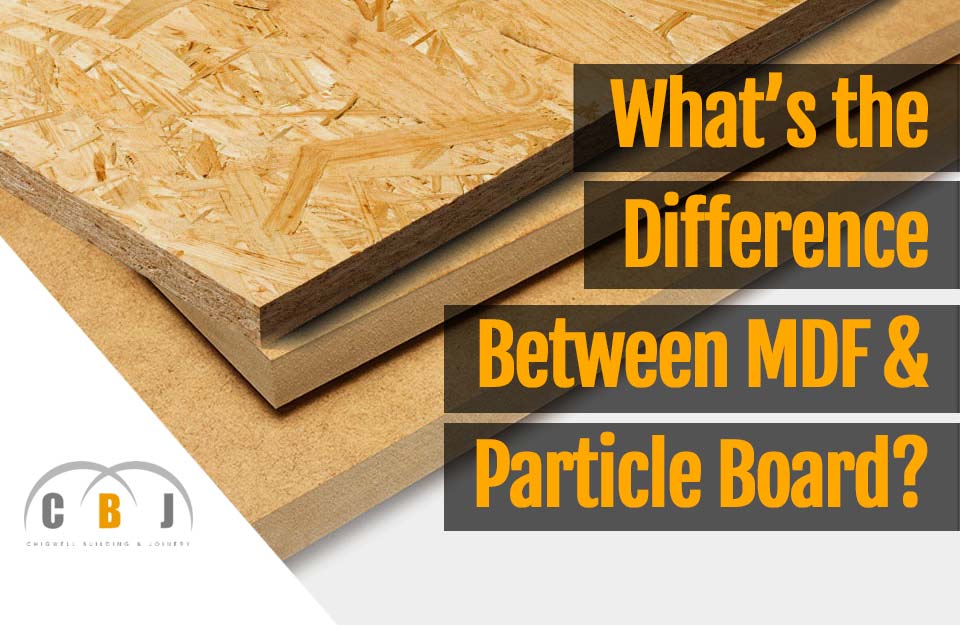
What’s the Difference Between MDF & Particle Board?
What is the MDF board. The MDF board is a type of board that is made from wood chips or fibers under high temperatures and pressure. The board's density is relatively high due to the relatively small particle size of the raw material and the large amount of glue used in the production process. It is generally between 700 and 900 kg/m3.

MDF vs. Particle Board Which to Choose? Handyman's World
Smooth surface. It can be easily painted. It offers a more realistic finish. Solid, flat, and dense material MDF is easier to drill and cut into without causing any damage. Disadvantages of MDF MDF is not stronger than wood. When put under stress, MDF can easily split or crack. MDF can absorb water faster than wood.

Particle Board Vs Mdf Vs Plywood
MDF vs Particle Board - Uses, Properties, Advantages and Disadvantages Subjects Estimation & Costing Building Materials ⮞ Aggregate ⮞ Brick ⮞ Cement ⮞ Concrete ⮞ Mortar ⮞ Sand ⮞ Steel Building Construction Geotechnical ⮞ Foundation ⮞ Geology ⮞ Soil Mechanics ⮞ Site Investigation Environmental Eng. Structural Eng. ⮞ Structural Design Earthquake Eng.
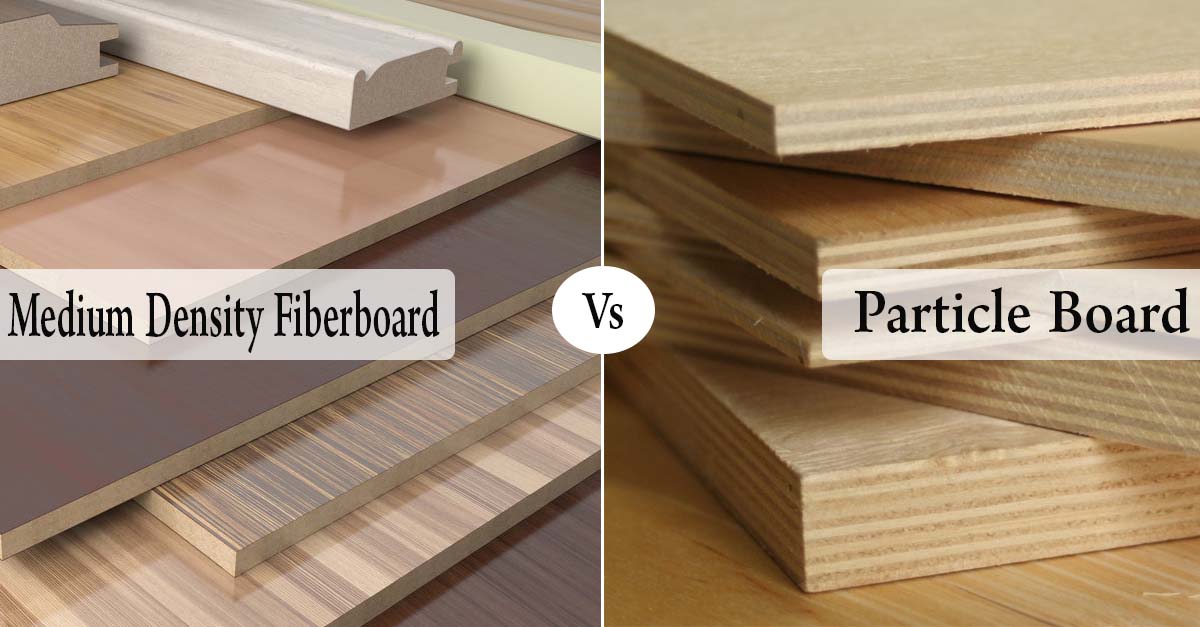
Particle Board Vs. Medium Density Fiberboard (MDF) Which one should
Medium Density Fiberboard (MDF) vs Particle Board Medium density fiberboard, or MDF, and particle board are both pressed wood products often used for cabinets, shelving, furniture and paneling. The two materials share similarities in terms of price, density, strength and durability.

MDF vs Particle Board Which is Cheaper or Better? Decor Pursuits
Updated June 24, 2022 By Brian Gregory Learn the differences between MDF, particle board, OSB and plywood so you can plan the materials for your next project. Table of Contents Introduction to Reconstituted Wood Products What's MDF Board? What's Particle Board? What's OSB Board? What's Plywood? Particle Board vs. MDF Plywood
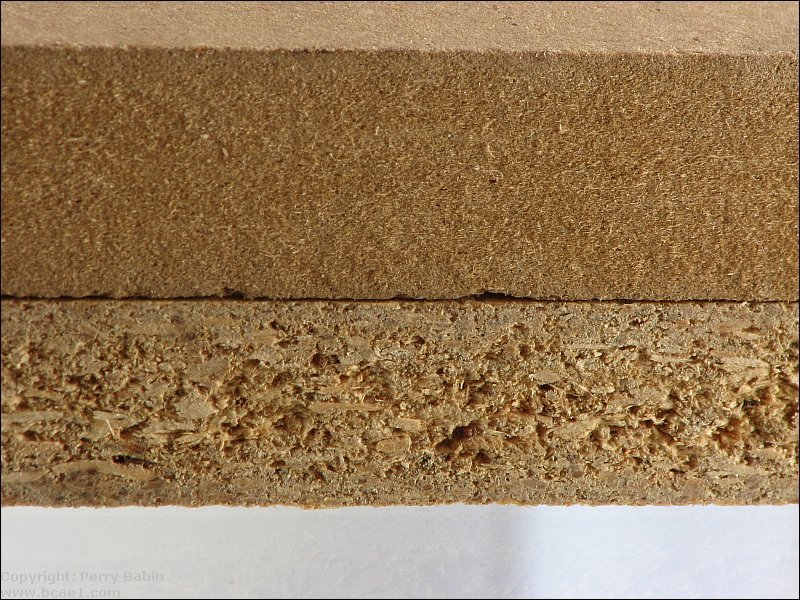
How can you tell the difference between particle board and MDF? r
What is the Difference Between MDF Board and Particle Board? MDF and particle board have their share of differences and similarities. Here are some to consider: Appearance MDF board has a smooth surface that consists of similarly sized wood grain. The particle board's wood shavings and chips provide an uneven surface. Density

Difference Between MDF and Particle Board YouTube
1. Composition Typically the material used to make MDF and particle board is a by-product of the wood production industry. Both are made using similar methods taking wood particles or fibers and combining them with synthetic resins or other glues. Both are types of engineered wood. 2. Resistance to Moisture

mdf vs particle board, particle board vs mdf, mdf comparison, particle
Particle board and MDF are pressed-wood products engineered from wood fibers mixed with synthetic resin adhesives. The main differences are the size and types of wood fibers used during its manufacture. MDF uses fine, granular particles for a more homogenous density with smooth, tight edges for strength and workability.

Particle Board Vs MDF What Is MDF What Is MDF Used For CivilDetail
Inexpensive. MDF and particleboard panels run $25 to $35 a sheet (oversized at 49 in. by 97 in. so you can cut off a dinged edge). Uniform. Collectively called composite wood, MDF and particleboard panels don't have the irregularities of veneer-core plywood, such as voids on the inside and patches on the outside. Stable.
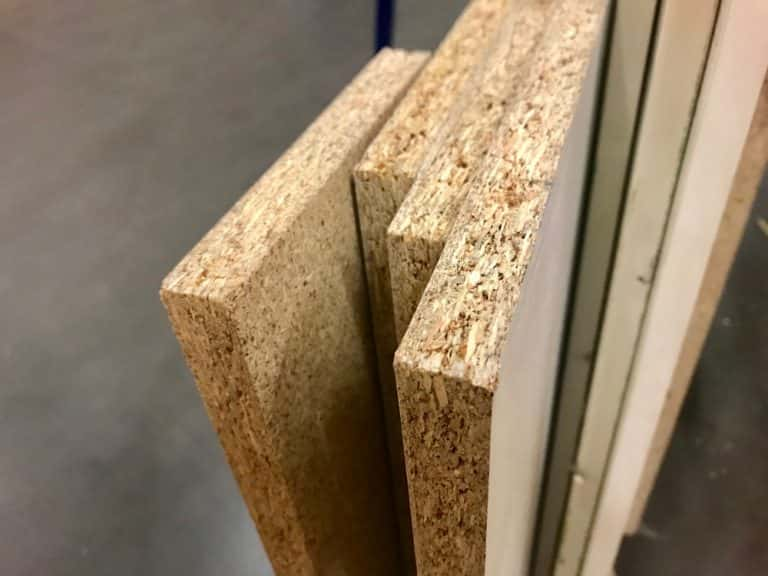
MDF Vs Particle Board What is the Difference? HomeLane Blog
March 24, 2023 MDF (Medium density fibreboard) and Particle Board are both types of pressed wood products, often used in kitchen cabinets, shelves and furniture. While the two materials share similarities in terms of uses, they have some crucial differences in terms of durability, cost and strength.

MDF vs Particle Board Which is Cheaper or Better? Decor Pursuits
Smart Products MDF vs. Particle Board: Are They the Same? Autonomous | Jul 25, 2022 9,447 Views If you shop for furniture, you may be familiar with MDF or particle boards. However, such materials do not form structural components of the furniture. In recent years, particle board and MDF have been used in furniture production to reduce prices.
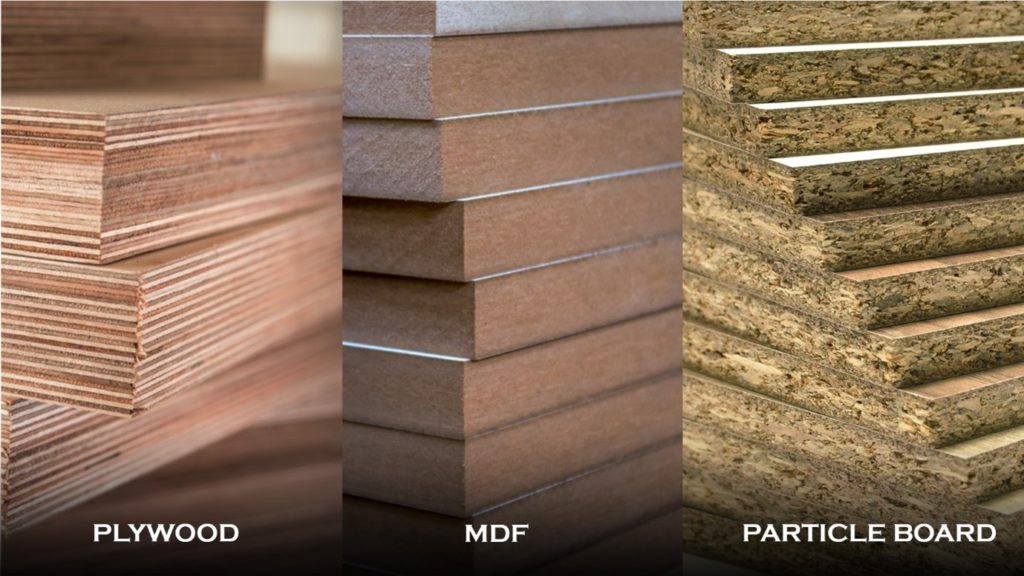
Comparing MDF Board with Plywood and Particleboard Hanumantimbers
The particle board vs MDF debate isn't a very lively one, there are professionals and DIY enthusiasts alike that have somewhat differing opinions. This doesn't mean that the particle board vs MDF debate is pointless but simply implies that because different people would have used materials of varying quality for different applications and.
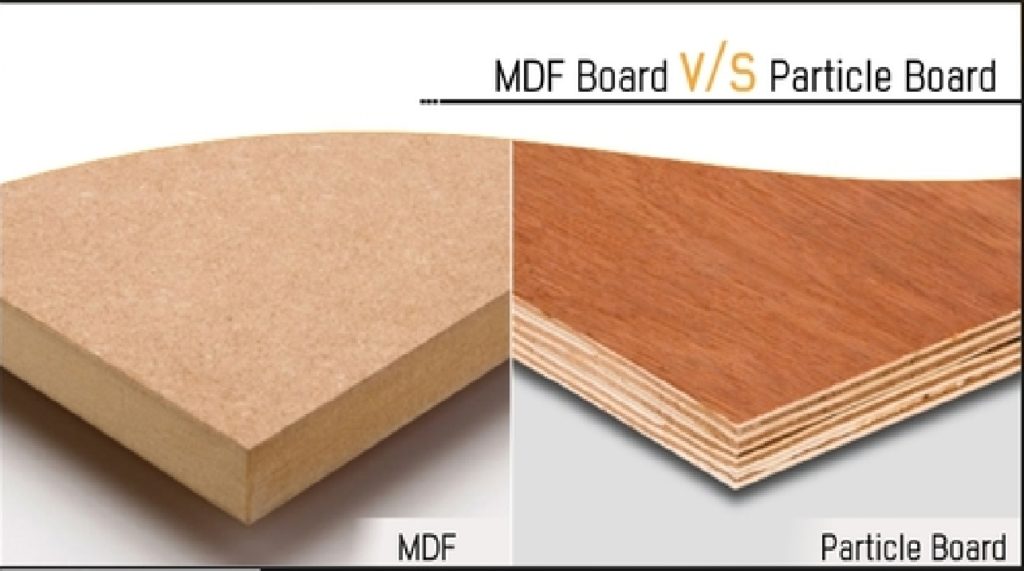
Particle Board vs MDF Which is Better?
Pros and Cons of MDF. Pros of MDF. Cons of MDF. MDF is clearly denser and stronger than particle board. Since it is dense and heavy, it is difficult to work with this material single-handedly. Its surface is very smooth and has no knots, which makes a great base for painting and finishing. It is not water-resistant and hence exhibits a tendency.